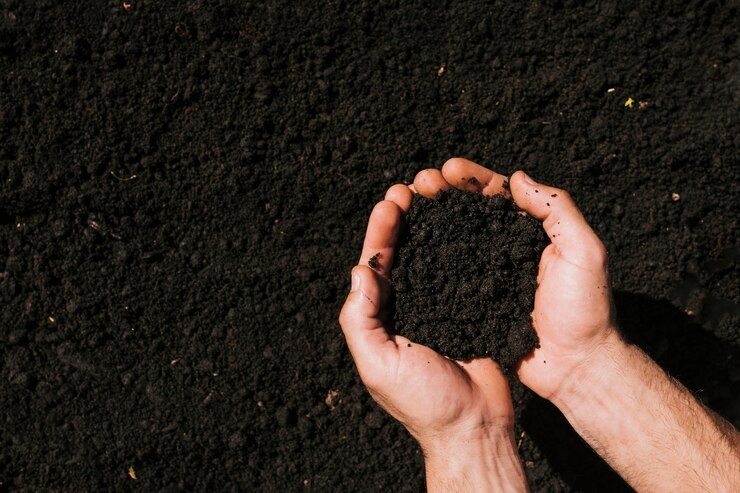The soils of India are as diverse as its landscapes, comprising a wide range of types that support various agricultural practices and ecosystems. The soils of India can be broadly classified into several categories, including alluvial soils, black soils, red soils, laterite soils, and mountain soils, among others. Alluvial soils, found in the Indo-Gangetic plains and along major river basins, are rich in nutrients and highly fertile, making them ideal for cultivation of crops such as rice, wheat, and sugarcane.
Black soils, also known as regur soils, are prevalent in the Deccan plateau and are known for their high clay content, which helps retain moisture and nutrients, making them suitable for crops like cotton and soybeans. Red soils, found in regions such as Karnataka, Tamil Nadu, and eastern India, are formed from weathered igneous rocks and are suitable for crops like millets and pulses.
Laterite soils, common in parts of Kerala, Karnataka, and Odisha, are acidic and rich in iron and aluminum oxides, limiting their agricultural potential but supporting vegetation such as cashew and rubber trees. Mountain soils, found in the Himalayan regions, are characterized by their rocky nature and vary in fertility depending on factors such as altitude and slope. Overall, the diverse soils of India play a vital role in supporting agriculture, biodiversity, and livelihoods across the country.
The worksheet covers the following topics-
How is soil formed?
Soil fertility
Types of soil in India
Alluvial soil
Black soil
Red soil
Laterite soil
Mountain soil
Desert Soil
Soil erosion and conservation

















